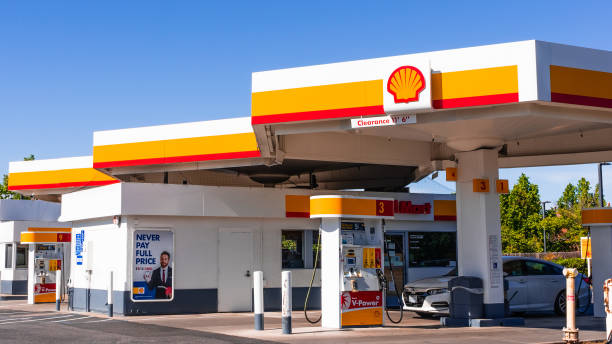
President Joe Biden’s temporary halt on new liquified natural gas (LNG) export project approvals marks a critical shift in U.S. energy policy. This pause, aimed at reassessing the environmental and economic impacts of LNG exports, especially to Europe and Asia, is a response to the growing concerns about climate change and energy security. The Department of Energy (DOE) will lead this evaluation, which includes a period for public feedback, underlining a commitment to inclusive and transparent governance.
This move reflects a deeper consideration of LNG exports’ effects on national energy costs and the environment. Despite this, the administration assures that essential exceptions for national security will be in place, especially considering Europe’s need for energy sources other than Russian gas post-2022 Ukraine invasion.
U.S. LNG export capacity, having tripled since the last DOE review in 2018, places the country at the forefront of global LNG exporters. This growth, however, has raised environmental concerns, including local pollution issues, fossil fuel dependency, and methane emissions, a significant contributor to the greenhouse effect.
Environmental groups, represented by figures like Ben Jealous of the Sierra Club, have praised the administration’s decision as a major step towards reducing reliance on fossil fuels. In contrast, various U.S. industry sectors have raised concerns about the impact of limited gas exports on domestic fuel prices and reliability.
The pause specifically impacts certain projects awaiting DOE approval, which may include initiatives by companies like Sempra Infrastructure, Commonwealth LNG, and Energy Transfer. These companies argue their projects would help replace more carbon-intensive fuels and support U.S. allies, but the pause puts these claims under scrutiny.
A major point of contention is the Calcasieu Pass 2 (CP2) project in Louisiana, a potentially significant terminal. While not directly affected by the pause, its future raises broader questions about the scale of U.S. LNG infrastructure development.
The administration’s decision has drawn criticism from some industry advocates and Republican figures, who argue that it could inadvertently strengthen Russian influence and endanger American jobs. Yet, this stance is supported by European lawmakers concerned about the fossil fuel industry’s portrayal of European energy needs.
The internal decision-making process within the White House regarding projects like CP2 demonstrates an evolving understanding of global LNG market needs and the environmental impacts of methane. This aligns with the Biden administration’s broader environmental agenda, which includes initiatives like methane emission fines and disaster relief program reforms.
In the broader context of climate change, characterized by record global temperatures and efforts to limit warming to 1.5C, expanding LNG production presents significant challenges. Climate scientists have warned about the dangers of increased fossil methane emissions, which could counteract efforts to reduce global CO2 levels.
The Biden administration is showing a willingness to take a stronger stance against the oil and gas industry, as evidenced by the pause on LNG export approvals and a robust climate agenda. This approach is gaining support from climate activists and communities demanding action against fossil fuel expansion.
The comprehensive review process led by the National Laboratories, along with the public comment period, is expected to last beyond the upcoming presidential election. This period will be crucial for stakeholders to impact the future direction of U.S. energy policy, particularly regarding LNG exports.
Featured image credit: Sundry Photography via Getty Images
